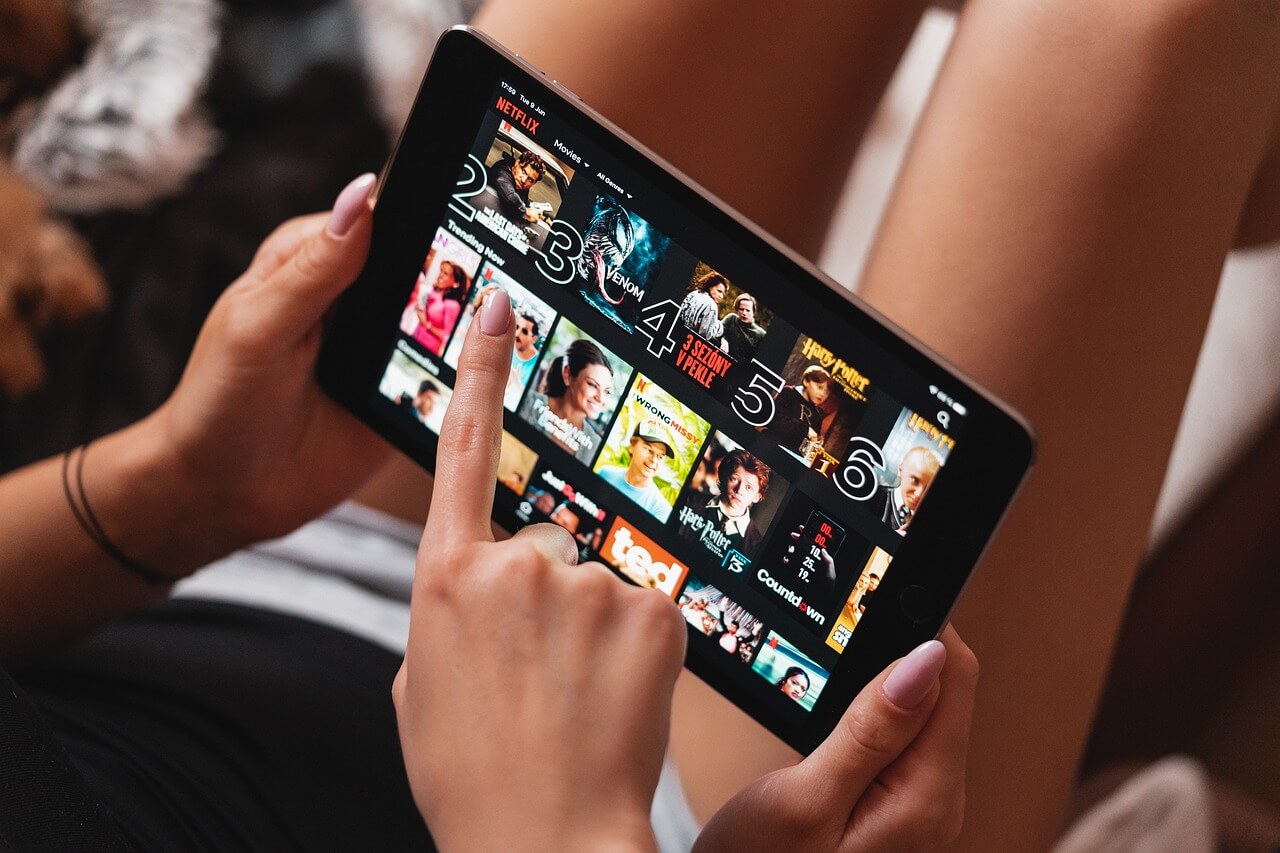Have you ever wondered just what goes into designing the computer applications you use on a daily basis? When it comes to ensuring that digital products are designed for human users, UX and UI designers are likely to use one design practice in particular. We’re of course, talking about the practice of design thinking.
Design thinking is a user-centric approach to designing products and services, whether you’re designing software or hardware. This practice generally starts off with identifying a common problem that users face in order to design a solution specifically for addressing that outlined problem.
If you are looking to learn more about design thinking, then we highly recommend enrolling in a design thinking course to help you better engage with the principles of design thinking and how they translate from theory into practice. Alongside studying the practice in-depth and flexing your own design thinking skills, it’s also well worth exploring strong examples of design thinking at work.
Today, we’ve compiled just 4 of the most impressive examples of design thinking in action in the form of popular mobile apps and digital technologies, all of which have been designed conscientiously in order to aptly address defined user needs.
Read on to unearth all the design secrets behind some of the world’s most popular user interfaces.
1. The evolution of Netflix
Generally speaking, the practice of design thinking consists of five different steps, these being:
- Empathise – with your target user.
- Define – the user’s need or pain point.
- Ideate – brainstorm on how best to address the defined user need.
- Prototype – build the solution conceived in the ideation phase.
- Test – test your prototype and refine if necessary.
As empathising with your target user is always the first step of the design thinking process, most UX/UI designers start off with empathy mapping when seeking to identify and outline the user need they’d like their end product to fulfil.
In the context of Netflix, the user problem was addressing some of the most niggling inconveniences that accompanied traditional movie rental services available at that time (i.e. racking up fees for late returns, and having to physically visit movie rental providers to browse what was only available on their shelves and nothing more). In order to sidestep these inconveniences to offer a more streamlined user experience, Netflix’s founders Reed Hastings and Marc Randolph, instead decided to use the power of the internet to allow Netflix users to order films on DVD and have them conveniently delivered directly to their homes. Netflix also provided subscription-based service with no due dates and thus, no late fees, allowing users to take their time watching a film with the assurance that their next film would be delivered once their last one had been returned.
Twenty odd years following the company being founded in 1997, Netflix is now the world’s premier streaming service. The company has been able to maintain its position as a leading provider of film and TV entertainment by continuously practicing empathy mapping over the evolution of entertainment media in order to shape their company’s growth around the changing needs of their users.
2. Refreshing personal transportation with Uber
When it comes to addressing user pain points through design of a product or even a user interface, making comparisons between your prototype and its competitors can help identify a point of differentiation that’ll ensure your product comes out on top. This is precisely what Uber did when developing their rideshare service and later, their food delivery service.
At the time of Uber’s launch, taxi services were still reigning supreme over urban streets, offering transportation services at premium prices. This convenience came with some frustrating caveats, namely the lack of transparency in pricing models and the lack of accountability with regards to driver and passenger conduct.
Uber effectively addressed both of these pressing pain points by providing fixed price estimates based on the length of a provided journey, as well as a rating system to ensure considerate conduct between passengers and drivers alike. With these design features in place, Uber was able to provide a more secure transportation service than taxi cabs, contributing to the company’s monumental success.
That being said, although Uber is a genuine improvement on traditional taxi services, it is still by no means a perfect service in itself. This is why there are alternatives to Uber that are just as valuable for some customers as the company that started it all. One particularly powerful alternative is Shebah, the rideshare service that solely operates by women, for women as well as parents and children who may feel more comfortable with a female driver.
3. Addressing payment pain points with Venmo
A pain point that we’ve all been likely to experience at one time or another in our lives is navigating split bills or group payments during social gatherings like dinners or parties. Difficulties surrounding split payments can often be a deterrent for many when selecting venues for a dinner out, or even just for organising any other kind of social get-together.
This is the primary pain point that Venmo set out to address through the development of their financial technology company. As a service itself, Venmo is considered a P2P payment app that allows users to easily transfer funds between one another without having to open up their banking app in order to manually type in BSBs and account numbers.
The evidence of design thinking being a key component of Venmo’s development can also be found in the app’s user interface alongside the service itself. The Venmo app’s streamlined UI easily facilitates payment features on top of providing additional opportunities for interacting with payments, such as leaving comments to express gratitude or even reacting to payments with emojis. These additional features have proven to be highly appealing to the app’s target user market, which are predominantly millennial and Gen Z users aged 18-34.
4. The personalisation of profiles for Google Home
Although the construct of the ‘smart home’ has been around for decades now, this ‘future’ technology was always perceived as being more idealistic than practical. The idea of the smart home came with some major concerns, namely regarding what would happen if that technology were to be hacked or become faulty, as well as how smart home technology can best be used by individual occupants in a shared household.
Google’s own Nest Home technology and the Google Home app sought to address these points of concern in a variety of ways. With the creation of Google profiles, Google Home technologies are now able to provide a highly tailored user experience for individuals, allowing users to establish their own ‘daily routines’ consisting of personalised wake-up calls, calendar settings, music playlists, and other preset commands or prompts created right from their smartphone.
Alongside this additional user-specific functionality, Google have also made careful investments into their own security offerings, developing the Titan M security chip for their Google Pixel smartphones and ensuring that all their Nest Home products and virtually all compatible products are fitted with industry-leading encryption technology, enabling a consistently secure network connection.
It’s this demonstrated dedication to addressing user pain points through the design of both physical products and digital offerings, that has solidified Google’s own position in the global tech sector as a design-oriented company that practices design thinking as a key element of any product development process.
~
As you can see, the end products resulting from the process of design thinking can vary greatly, and the process itself can take on a wide number of applications. This versatility and the proven efficacy of adopting a user-centric approach to design is what makes design thinking a highly valuable skill for all digital and product designers working in the digital age.
Also read: Aesthetic Headphones Round-up: The Starting Guide for Vintage and Design Lovers
Follow TechTheLead on Google News to get the news first.



















